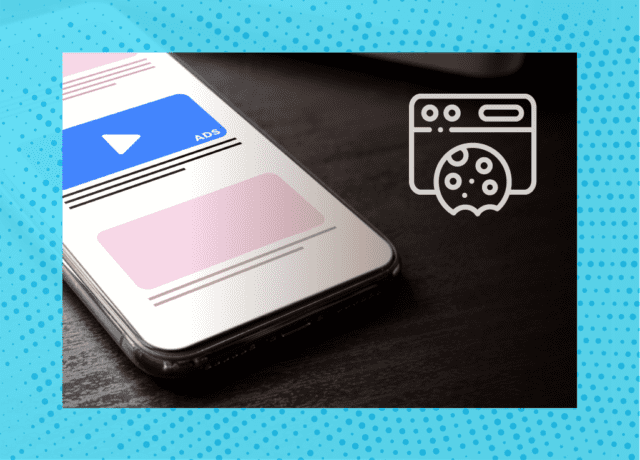The advertising industry faces an uncertain future with cookies and personal identifiers disappearing.
Though there are many alternate solutions in development, the two solutions gaining the most traction are Google’s Privacy Sandbox and the Unified ID 2.0.
Now that cookies won’t sunset until 2023, advertising professionals have time to experiment with these new pathways.
We encourage you to subscribe to our blog for the latest data surrounding the advertising industry. We will provide daily updates as COVID-19 continues to make its mark on the US economy.

It’s time to experiment with new forms of data
The ad tech industry has been busy since Google announced it was removing third-party cookies from Chrome. The digital ecosystem relied on cookies to deliver relevant, targeted ads and to measure campaign effectiveness.
Without cookies, advertisers will have to rely on first-party data and find new ways to deliver effective digital ads programmatically.
“The next two years are critical and advertisers will need to research and experiment and most importantly really interrogate what is coming on to the market to replace third-party cookies,” said Clare O’Brien, head of media effectiveness and performance at ISBA, the trade body representing UK advertisers.
For many digital advertising professionals, this change requires a fresh look at what valuable content and marketing look like. Marketers will have to deliver highly valuable content for consumers to earn first-party data and they’ll have to start mastering different data models.
“Google’s cookie deprecation and Apple’s many privacy initiatives represent an opportunity for marketers to up their game on when it comes to their own cohort modeling and contextual analysis initiatives,” writes Andrew Frank, VP distinguished analyst at Gartner. “This can be done in addition to shoring up first-party data collection and consent management to gain a competitive edge.”
A marketer case study for Unified ID 2.0
Earlier this week a brand case study was (finally) released for the UID 2.0. Though ad tech companies and publishers have been experimenting with the new solution, brands have been slower to jump on board. Most are waiting for the industry to establish which tool will be the next standard.
“Marketers want to be early adopters, but not the guinea pigs,” explains James Hercher at AdExchanger. But one brand took the plunge.
Made In, an eCommerce cookware manufacturer, recently completed a streaming TV campaign running on UID 2.0. They saw a 20% decrease in its average cost per acquisition. On top of this, customer acquisition decreased by a third when using the identifier.
By taking the risk, Made In proved that they could deliver successful campaigns without cookies. With cookies depreciating, we’ll see more brands begin to adopt new solutions and publish their results.
Digital advertising isn’t going away. Brands, publishers and ad tech companies will need to adopt solutions that benefit everyone, while protecting the consumer’s privacy. As these companies go through major changes, are they shifting their digital spending?
MediaRadar Insights
Despite the changing ecosystem, programmatic advertising continues to increase year-over-year.
In 2021, over 279 thousand advertisers spent $21.3 billion in programmatic advertising (January – September). This is up 61% from 2020 where 189 thousand advertisers spent $14.7 billion.
Brands that benefited from the pandemic largely drove programmatic spending last year. This year, consumers are spending in new ways, causing a slight shift in the top spending categories.
The main difference is that Tech has become less dominant, while Entertainment brands have newly emerged as a top spending category. This is a reflection of the recovering economy.
Within the top 20,000 advertisers, the top spending categories in 2021 are: Retail, Finance/Real Estate and Entertainment. Last year at this time, the top categories were: Retail, Finance/Real Estate and Tech.
Advertisers that fall within the ‘Other’ category make up 18% of all spending—more than the clear-cut categories.
Top spending advertisers are:
- SmartNews Mobile App
- Walmart
- HBO Max
- Capital One Shopping
- Disney+.
Their spend totals $711 million—which is an increase of 73% compared to last year. (This excludes SmartNews Mobile app because it is a new programmatic advertiser).
Just like last year, there are many new brands willing to experiment with programmatic. 63% of advertisers are new to the programmatic space. While we don’t know how long they’ll stay, we believe that digital advertising and programmatic buying will only grow in importance post-pandemic, even without cookies.
For more updates like this, stay tuned. Subscribe to our blog for more updates on coronavirus and its mark on the economy.



